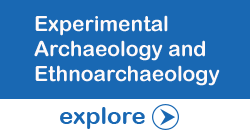Down Ancient Trails: July 2020 lecture series
Down Ancient Trails July 2020 Lecture Series
Return to home page of Down Ancient Trails * Speakers: May 2020 * Speakers: June 2020 * Speakers:July 2020
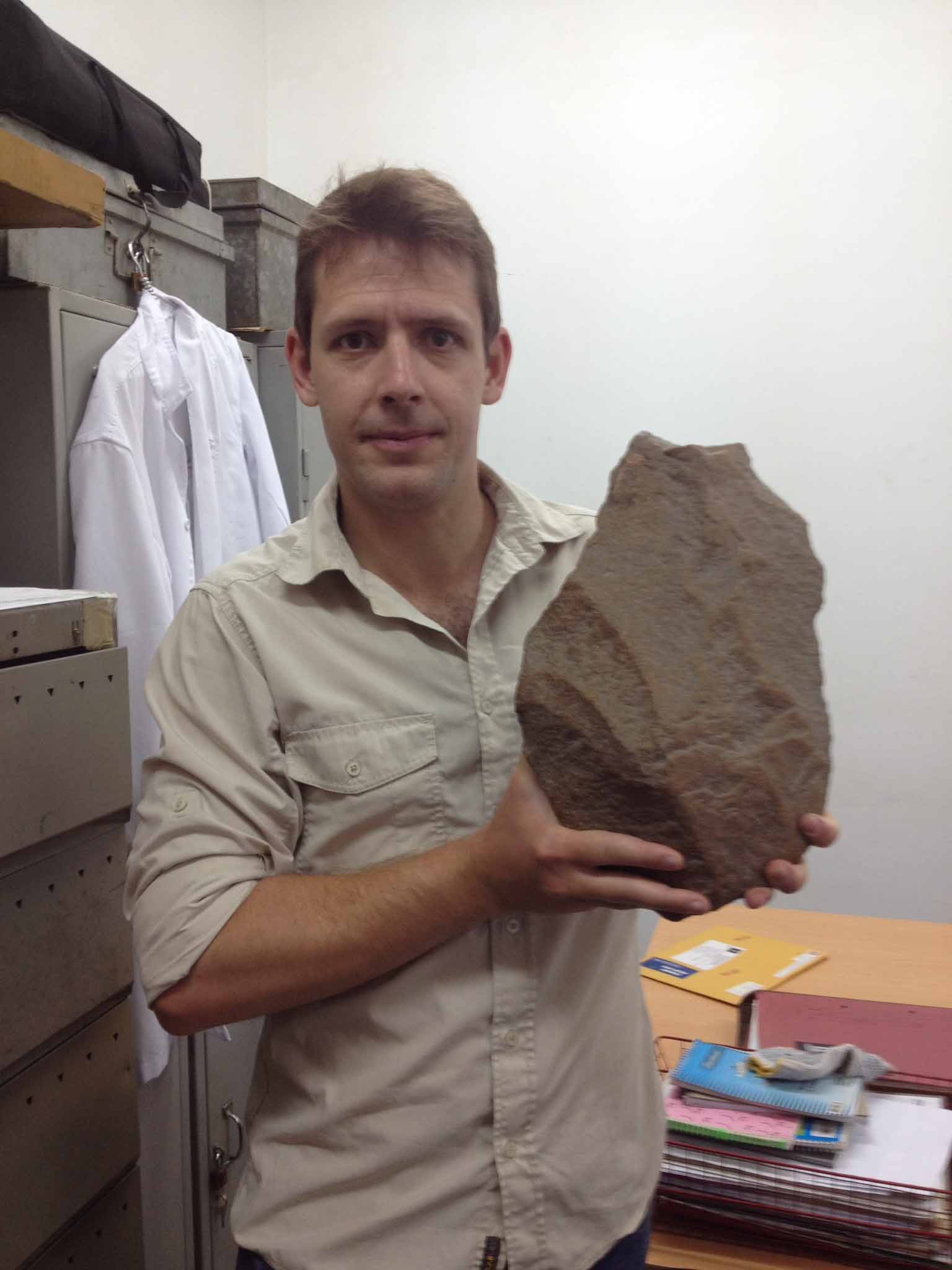 July, 31st, 2020, 6.30 pm (IST). Dr.James Cole, Principal Lecturer in Archaeology, School of Environment and Technology, University of Brighton. Topic: A history of Investigations into the Stone Age site of Isimila, Tanzania.
July, 31st, 2020, 6.30 pm (IST). Dr.James Cole, Principal Lecturer in Archaeology, School of Environment and Technology, University of Brighton. Topic: A history of Investigations into the Stone Age site of Isimila, Tanzania.
Abstract: The Stone Age site of Isimila is located on the Iringa plateau, Tanzania, close to the East African Rift Valley. Due to the abundance of handaxes and giant handaxes present at the site in both primary and secondary contexts, Isimila has long been recognised as a key site of international importance for understanding the behavioural complexity of our hominin ancestors often compared alongside major East African e.g. Kalambo Falls, Olduvai Gorge and Olorgesailie (Kleindienst and Keller 1976; Mcbrearty 1978). Previous dating efforts (a single U-series date from a bone sample) gave an age estimate of 260 kya for the site (Howell et al. 1972) for the lower sedimentary layers, whilst younger sediments have been estimated c. 70 kya. However, the dating and finer sedimentary detail of the site are worth revisiting. The subject of this paper is to therefore give details of the broad history of investigation at the site of Isimila and detail a more recent OSL and post-IR IRSL dating and raw material provenance programme undertaken at Isimila in 2014 and 2015. In addition, there have been more recent mapping of Isimila using drones and rectified photogrammetry (Bergstrom et al. 2019) and wider landscape survey assessing the significant potential of the Iringa region Stone Age Archaeology (Miller et al. 2020). This paper will bring all of these components together in an updated understanding for the site of Isimila and its importance in the East Africa Stone Age.
About: Dr James Cole is a Principal Lecturer in Archaeology and the Subject Lead for Geography and Environment at the University of Brighton. He is primarily interested in the cognitive development of human species with a particular interest in the Early Stone Age / Lower Palaeolithic where he has worked on the Stone Age of the UK, Greece, Kenya and Tanzania . He is also interested in the motivations of Prehistoric cannibalism and what such behaviours tell us about social complexity within these early societies, winning an Ig Nobel award in 2018 for this research.
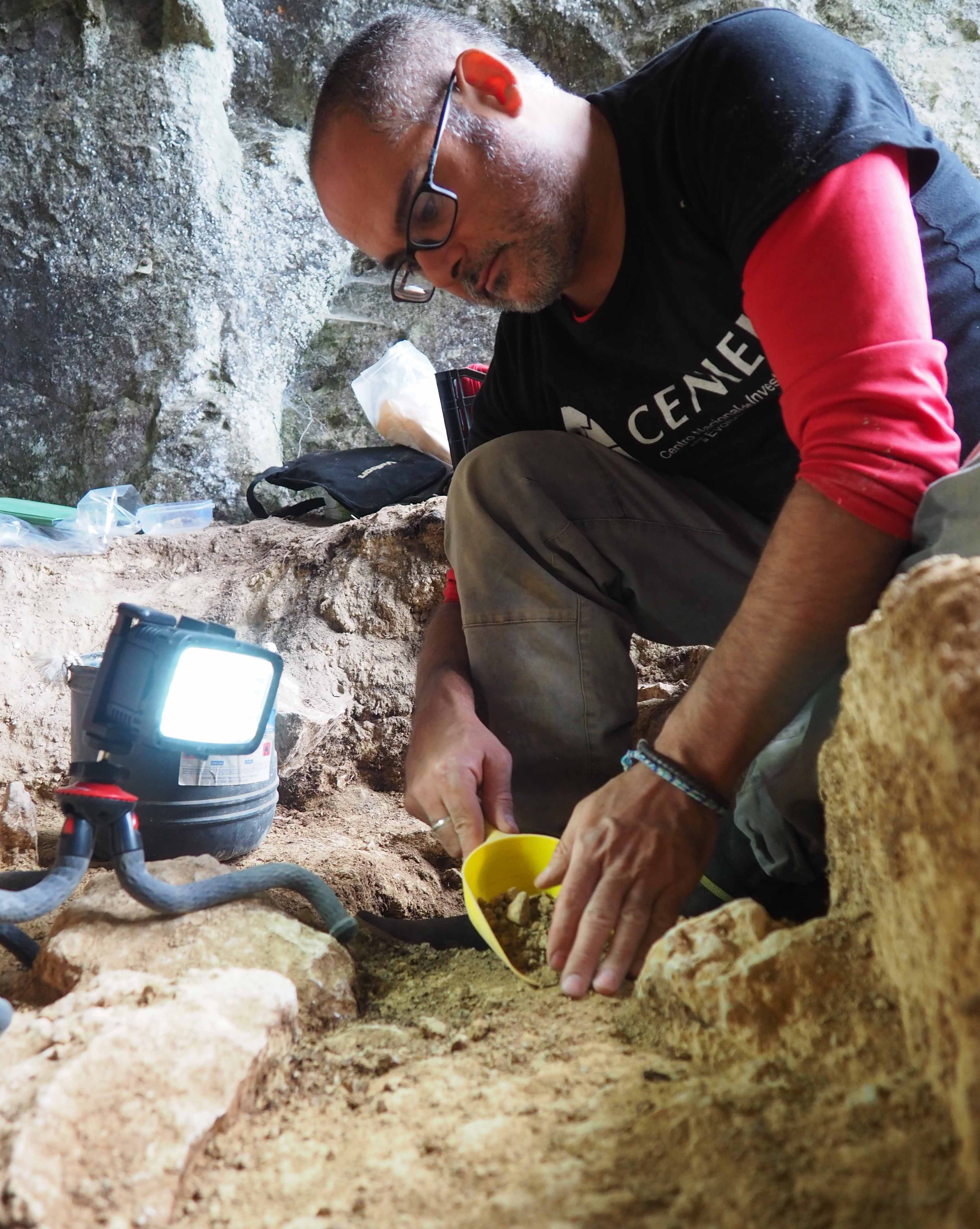 July 24th , 6.30 pm (IST) Dr. Joseba Rios Garaizar, Scientist / Curator Lithic Collection, Archeology Group, CENIEH (Centro Nacional de Investigación sobre la Evolución Humana), Technologist and traceologist, Excavation Director at Aranbaltza and Amalda III neandertal sites. Topic: Last Neandertal populations in Western Europe.
July 24th , 6.30 pm (IST) Dr. Joseba Rios Garaizar, Scientist / Curator Lithic Collection, Archeology Group, CENIEH (Centro Nacional de Investigación sobre la Evolución Humana), Technologist and traceologist, Excavation Director at Aranbaltza and Amalda III neandertal sites. Topic: Last Neandertal populations in Western Europe.
Topic: Late Neandertals in the Iberian Peninsula.
Abstract: Neandertal populations successfully evolved and occupied inhabited in Eurasia since the Middle Pleistocene until their disappearance ca. 40 kyr BP. Different studies dealing with genetics, climate, paleogeography or material culture, have shown that these populations had very complex historical trajectories, with important fluctuations in their demography and geographic coverage. These fluctuations have been linked not only with climate fluctuations, that were specially sharp between the MIS5 and MIS3, but also with the complex relationships with other human species (AMH and Denisovans), and probably with the techno-cultural evolution of Neandertals. We are going to focus in a particular area of Western Europe (Northern Iberian Peninsula), to show how combining different proxies we are dealing with the complex history of Neandertal populations in this region.
About: "My research career has been always linked with the study of Neandertal populations. My PhD dealt with the last Neandertal populations and the first Anatomically Modern Humans in one of the classic areas for the study of the so called Middle to Upper Paleolithic transition, the North of the Iberian Peninsula. For this research I studied several Late Middle Paleolithic, Chatelperronian and Aurignacian lithic collections (Axlor, Amalda, Labeko Koba, Isturitz, Barbas III) from an integral perspective. This kind of approach integrates the classic Chaîne Opératoire in a dynamic framework, understanding that every step in the raw material selection, flaking, use, recycling, transport and abandonment, is linked. This approach is useful to understand the existence of technical norms that can be interpreted from an evolutionary, economical and social perspective. After completing my PhD I continued investigating Neandertal history in Western Europe, and I started the excavation of Early Middle Paleolithic sites (Middle Pleistocene- Arlanpe), Late Middle Paleolithic (Amalda, Amalda III, Hornos de las Peña) and open-air sites including Early and Late Paleolithic (Mendieta, Aranbaltza I and III), and Châtelperronian occupations (Aranbaltza II). After a 2yr postdoc in the Max Planck Institute in Leipzig, one year in the Universidad de Cantabria, finally in 2012, I obtained my current position in the Centro Nacional de Investigación sobre la Evolución Humana (CENIEH) in Burgos. Here I joined the Archeology Group leaded by Prof. Mohamed Sahnouni, and started collaborating in projects dealing with the earliest Paleolithic in Africa and Asia. My research activity in the CENIEH is combined with the curation of Archeopaleontological collections, and with the management of two particular reference collections the Lithotheque of the CENIEH (LITHO), and the Use-wear reference collection (CET)".
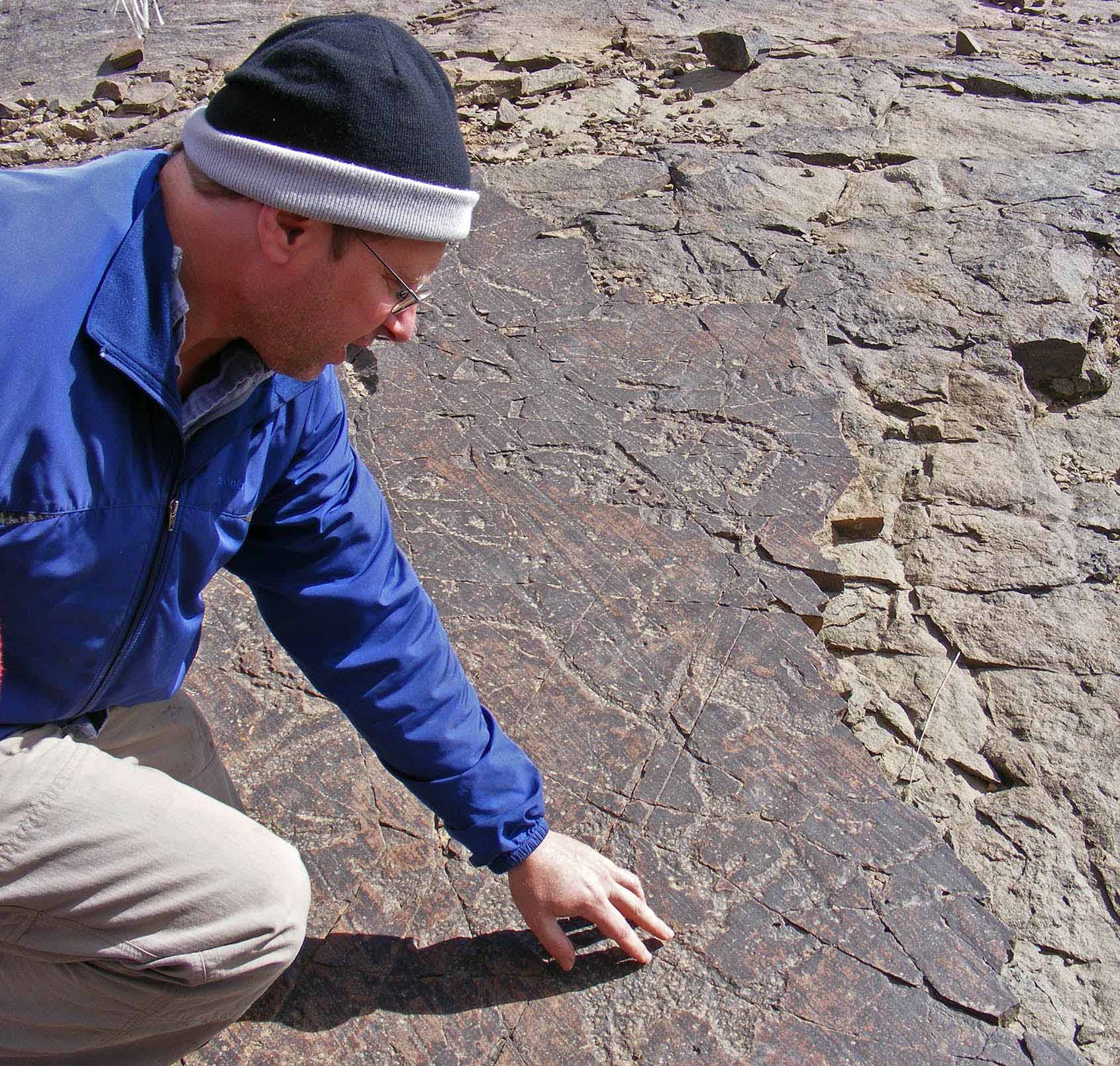 July 22nd, 2020, 7.30 pm (IST). Professor Michael Chazan, Professor of Anthropology, University of Toronto.
July 22nd, 2020, 7.30 pm (IST). Professor Michael Chazan, Professor of Anthropology, University of Toronto.
Topic: The Kalahari and Human Evolution: The view from Wonderwerk Cave and Kathu Complex.
Abstract: The Kalahari is a depositional basin that stretches from Angola to South Africa. The Pleistocene prehistory of the Kalahari is known mostly from the Tsadilo hill in the north and from the sites of the Kathu Complex and Wonderwerk Cave in the South. Recent geological work at the Mamatwan mine suggests that the infill of the Kalahari basin was a dynamic process and that the Pleistocene hydrology of the region was quite different than it is today. This talk will review the emerging data from fieldwork at the sites of the Kathu Complex and Wonderwerk Cave to provide a perspective on the role of the Kalahari in human evolution. The talk will include the evidence for Pleistocene climate, for cultural innovations including the use of fire, spears and prepared core technology, and aspects of symbolic behavior. Based on this data it is argued that the Kalahari is an important region for future research.
About: Dr. Chazan is a Professor of Anthropology at the University of Toronto. He received his PhD from Yale University in 1992. He is the co-director of the Wonderwerk Cave Research Project with Liora Kolska Horwitz. His publications include Holon: A Lower Paleolithic Site in Israel (Harvard Peabody Museum) and Artifacts: An Archaeological Perspective (Routledge).
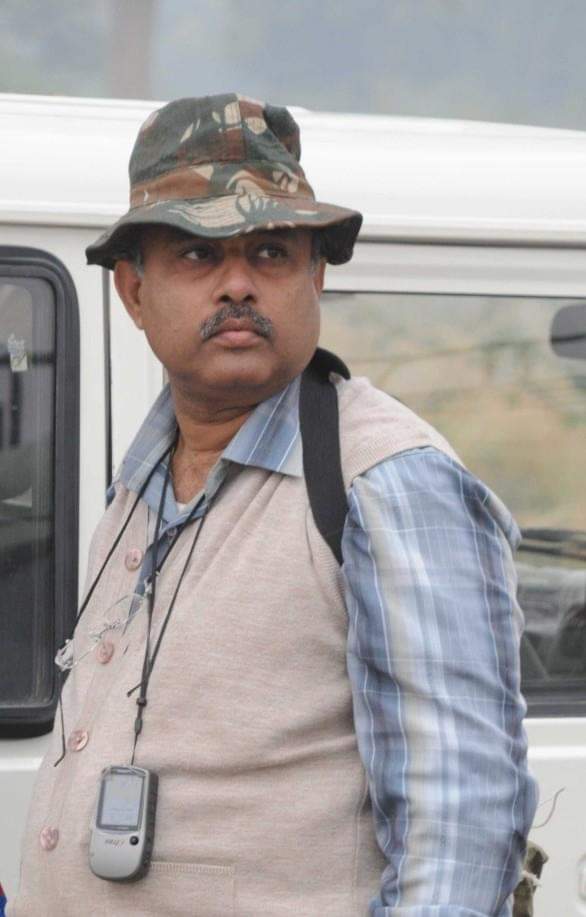 July 21st, 2020, 6.30 pm (IST). Professor Prakash Sinha, Professor in archaeology, Department of Ancient History, Culture & Archaeology, University of Allahabad, India.
July 21st, 2020, 6.30 pm (IST). Professor Prakash Sinha, Professor in archaeology, Department of Ancient History, Culture & Archaeology, University of Allahabad, India.
Topic: Piecing together production behavior cum cognition, movements and socio-economic life in the Northern Vindhyas and the Middle Ganga plains.
Abstract. There is always some meaning behind normal human action. To understand the rationale behind hominin action one should comprehend processes of cultural constructs through contextual archaeological evidence in time and space. Indeed, people have a certain understanding of their own actions – production behaviour cum cognition and socio-economic behaviour. The Functional analytical approach can provide recipe to decode symbolism of prehistoric tools which had been the object and means of hominin social and economic behaviour achieved through state of technology, analogical process and cognition of the time and space. The manner in which lithic tools are analyzed and perceived today centers upon the realization that stone tool shapes actually change throughout their limited use life and to view stone tools as dynamic, ever changing elements of hominin material culture directly related to human organizational parameters such as mobility, scheduling, economy, and exchange. It seems that the Lower Palaeolithic culture of analysed valleys belongs to last phases of Acheulian tradition and behavioral differences, mainly due to different suits of activities and production-cognition further enhanced differences in temporal dimension and inter sites distances were shortening and this phenomenon continued up to Neolithic culture. Well-equipped hunting gears (technomic) of the time had enabled man to save his time and energy and to think not only of his subsistence, but also of other things like – Ideo-technic, Socio-technic artifacts. The site formation studies should also take into account about the evidence of activities at the site in different strata as that can suggests reasons of discrepancy between radio-metric dates and archaeological context as well as on the nature of occupation at the site – temporary or permanent. The development of human behavior is not unilateral rather multilateral, multi-structural and spiral in time and space.
About: Professor in archaeology, Department of Ancient History, Culture & Archaeology, University of Allahabad, India since 2006 and Former University Fellow (Honorary) College of Humanities, University of Exeter, U.K. and Former Adjunct Faculty (Honorary) at National Institute of Advanced Studies (NIAS), Banglore, India. Research interest – Experimental, Theoretical, Cognitive, Field Archaeology and Lithic Technology, Micro-wear Analysis, Phytolith analysis, Sampling Techniques, Quantitative Techniques & Computer Application in Archaeology (GIS); Published / Presented nearly 97 research papers on above areas in Internal/ National conferences/ journals and chaired/ organised Sessions; Organised a number of workshop on Experimental archaeology; have been UGC-Visiting Fellow and member of Board of Studies in a number of Universities and have been Resource Person at a number of Institutions/ Universities.
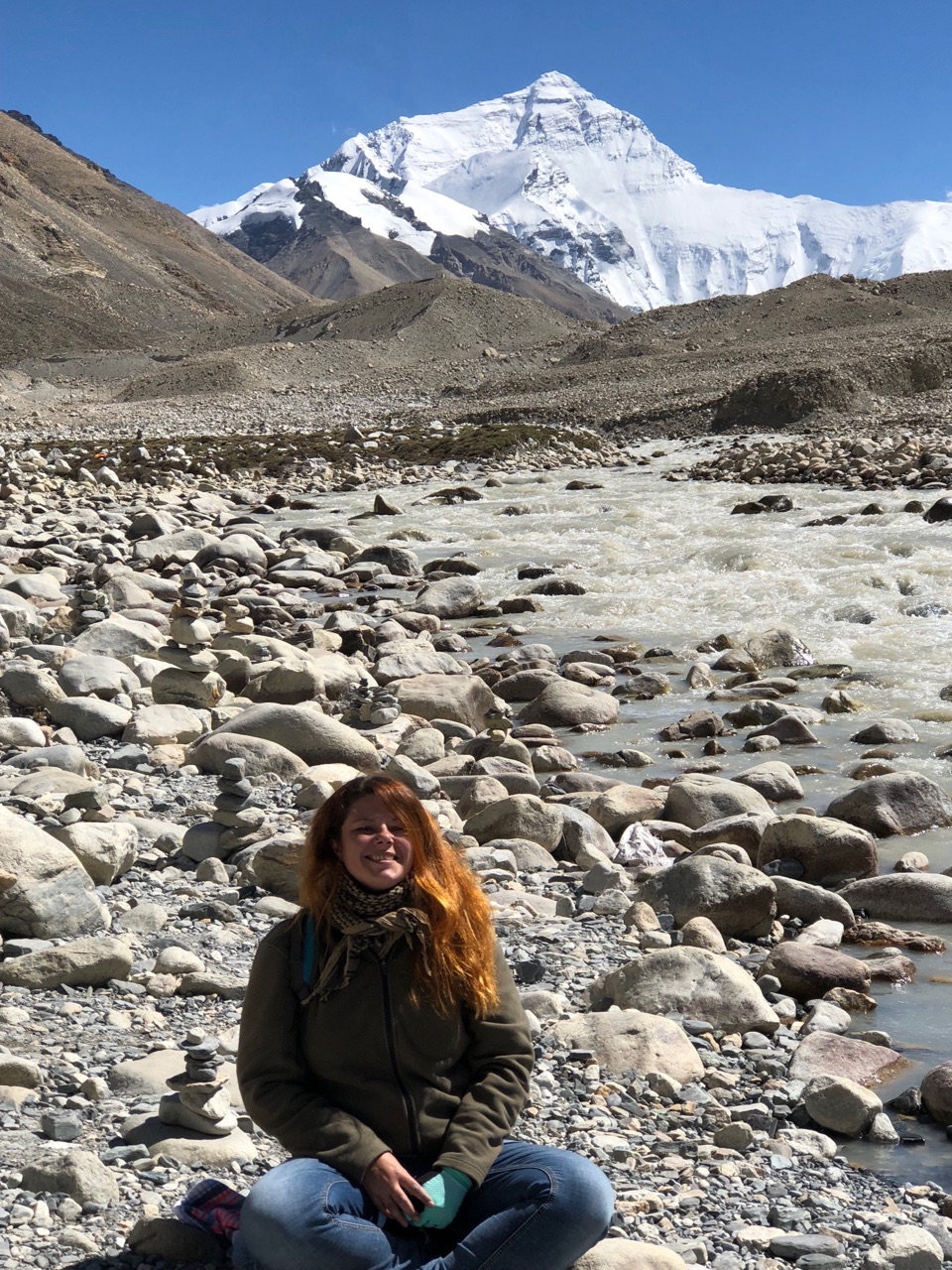 July 15th, 2020, 10 am (IST). Dr. Arina M. Khatsenovich, Senior Researcher, Institute of Archaeology and Ethnography,Siberian Branch of the Russian Academy of Sciences in Novosibirsk. Topic: Paleolithic Crossroads: Hominin dispersals in eastern Central Asia
July 15th, 2020, 10 am (IST). Dr. Arina M. Khatsenovich, Senior Researcher, Institute of Archaeology and Ethnography,Siberian Branch of the Russian Academy of Sciences in Novosibirsk. Topic: Paleolithic Crossroads: Hominin dispersals in eastern Central Asia
Abstract: Recent archaeological discoveries in the Russian Altai region, Mongolia, eastern Kazakhstan and China have identified potential routes of paleopopulation movements in this extensive territory, possible interactions among human groups, and the rhythm of occupational episodes, all in relation to significant Pleistocene climatic changes. What roles did the geographically central territory now occupied by modern Mongolia play in these processes during the Upper Pleistocene? This is the one of the primary research questions that must be addressed in order to understand the early peopling of Central and Eastern Asia. Mongolia experienced the highest levels of Pleistocene aridification in this region, creating a complicated geoarchaeological situation. Large numbers of archaeological sites comprising eroded surface lag deposits of cultural material have been found in Mongolia. Far fewer prehistoric sites are known with cultural assemblages buried sometime after occupation, and just a handful of well-stratified multilayered Paleolithic sites have been discovered in Mongolia. This talk explores past and current Paleolithic archaeological studies in Mongolia and offers interdisciplinary perspectives on early human occupation of the region based upon archaeological materials from three regions – the Middle Selenga Basin in the north, the Orkhon River Valley in the eastern Khangai Mountains, and the Gobi Altai massif of south-central Mongolia.
About: Arina M. Khatsenovich, Ph.D. is Senior Researcher at the Institute of Archaeology and Ethnography of the Siberian Branch of the Russian Academy of Sciences in Novosibirsk. She has been working in Mongolia since 2010 and now directs two complementary research projects there.
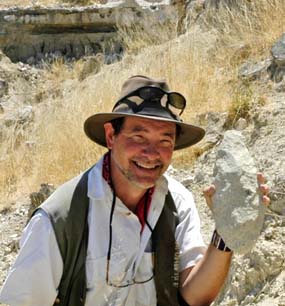 July 14, 2020, 10.30 am (IST): Professor Rick Potts, Peter Buck Chair in Human Origins and Director of the Human Origins Program, Smithsonian’s National Museum of Natural History, Washington, DC. Topic: The Environmental Dynamics of East African Human Evolution.
July 14, 2020, 10.30 am (IST): Professor Rick Potts, Peter Buck Chair in Human Origins and Director of the Human Origins Program, Smithsonian’s National Museum of Natural History, Washington, DC. Topic: The Environmental Dynamics of East African Human Evolution.
Abstract: East Africa is an important source of information about the evolution and environments of early humans. Earth’s orbital dynamics offers a way of modeling climate variability over the past 5 million years in this region of the world. The origin of African hominin genera, transitions in stone technology, and geographic dispersals, all coincide with prolonged intervals of intense rainfall variability. Recent research shows how climate dynamics and resource uncertainty may have shaped adaptive flexibility in early Homo sapiens. This flexibility was expressed in the development of mobile technologies, social networks, and symbolic behavior around 320,000 years ago, as evident in the rift valley of southern Kenya. A long environmental sequence obtained by drilling at the site of Olorgesailie, Kenya, helps to test these ideas about the significance of adaptability in the origin of our species.
About: Paleoanthropologist Dr. Rick Potts directs the Human Origins Program at the Smithsonian’s National Museum of Natural History, Washington, DC, where he holds the Peter Buck Chair in Human Origins. After receiving his PhD in biological anthropology at Harvard University in 1982, he taught at Yale before joining the Smithsonian in 1985. Rick’s research investigates Earth’s environmental dynamics and the processes that have led to human evolutionary adaptations. His ideas about the effect of environmental instability on human evolution have stimulated new studies in Earth sciences, paleontology, and experimental and computational biology. Rick leads ongoing excavations in the East African Rift Valley at fossil and archeological sites in southern Kenya and on the shores of Lake Victoria. He is curator of the Smithsonian’s Hall of Human Origins, and wrote the companion book for the exhibit ‘What Does It Mean To Be Human?’
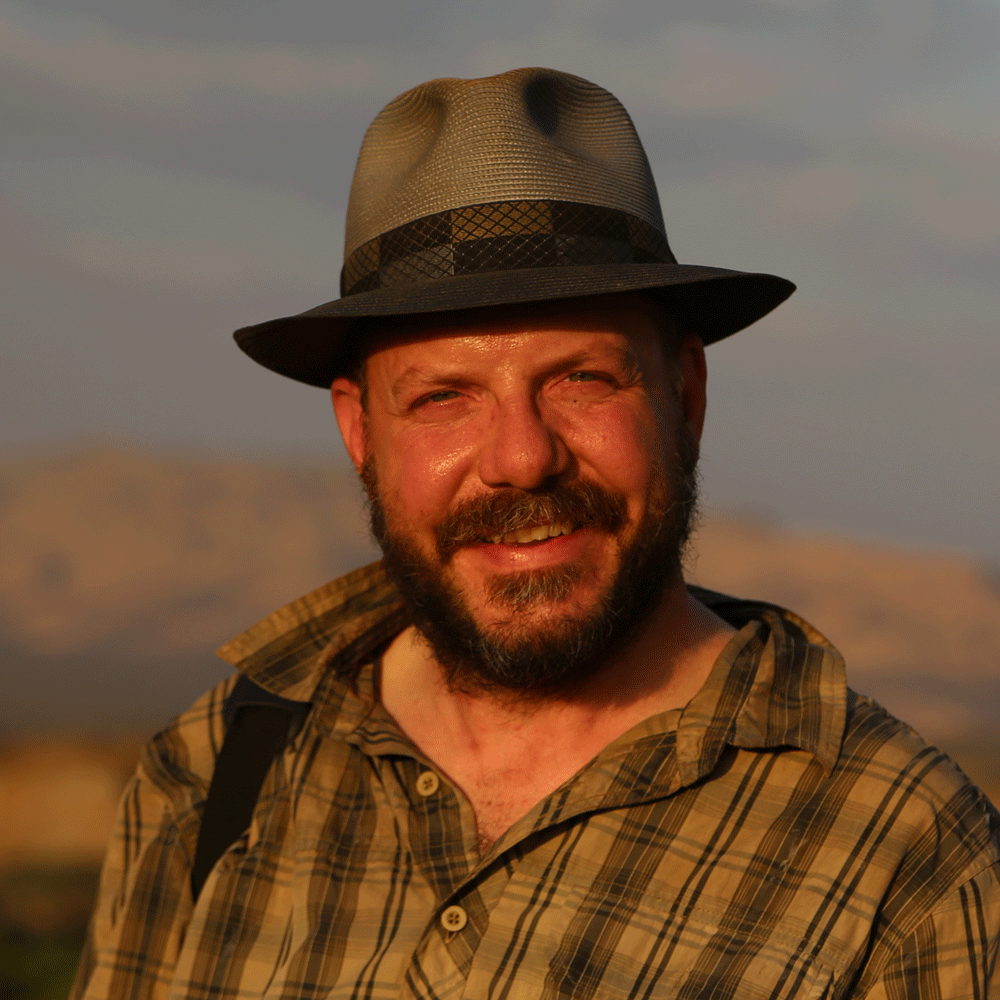 July 8, 2020, 6:30 pm (IST). Professor John Hawks, Vilas-Borghesi Distinguished Achievement Professor of Anthropology, University of Wisconsin-Madison.
July 8, 2020, 6:30 pm (IST). Professor John Hawks, Vilas-Borghesi Distinguished Achievement Professor of Anthropology, University of Wisconsin-Madison.
Topic: "Latest research from the Rising Star cave system, South Africa".
Abstract: Exploration in the Rising Star cave system in 2013 led to the discovery of Homo naledi. Since that time, our team has been investigating this fascinating site. The initial discovery of a large assemblage of skeletal remains in the Dinaledi Chamber was followed by the discovery of the Lesedi Chamber, with additional material of H. naledi. Subsequent work has uncovered more occurrences of skeletal material that our team is currently investigating. In this talk I will review the newest work on H. naledi’s biology and what we know about its deposition in the cave system. I will also feature some of the exploration methods and technological solutions we are using to document and study the assemblage, sediments, and surrounding cave.
About: Professor John Hawks is the Vilas-Borghesi Distinguished Achievement Professor of Anthropology at the University of Wisconsin-Madison. He has investigated the rapid evolution of modern humans within the past 40,000 years; and has explored the contribution of ancient Neandertals to the ancestry of people living today. He is a core member of the team that discovered the new species Homo naledi, from the Rising Star cave of South Africa. He is an international advocate for open science, and has appeared in many documentary films and public events. With Professor Lee Berger, he is the author of Almost Human (National Geographic Books).
Return to home page of Down Ancient Trails * Speakers: May 2020 * Speakers: June 2020 * Speakers:July 2020


